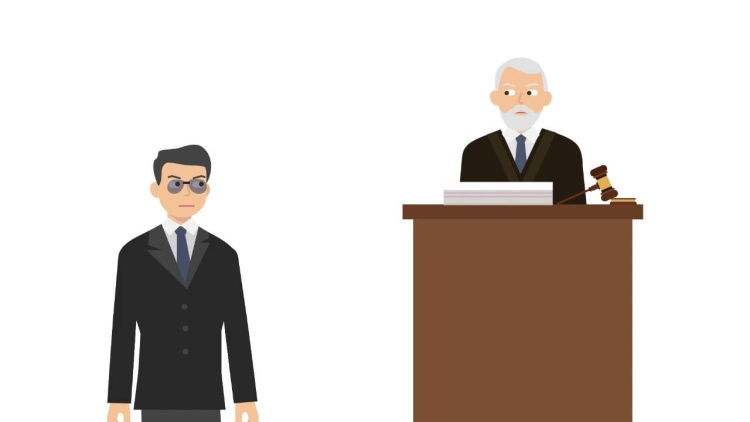Commissioner v. Duberstein
United States Supreme Court
363 U.S. 278 (1960)
- Written by Angela Patrick, JD
Facts
Mose Duberstein (plaintiff) ran a company and sometimes gave customer leads to Morris Berman, who ran a similar company. After seven years, Berman gave Duberstein a new Cadillac, saying that it was because Duberstein’s customer leads had been so helpful. Berman’s business deducted the car’s value as a business expense on its taxes. Duberstein considered the car a gift and not income. The commissioner of the Internal Revenue Service (commissioner) (defendant) determined that the car was income, not a gift, and that Duberstein owed additional taxes. Duberstein sued, and the tax court ruled that the car was not a gift. The Sixth Circuit reversed, finding the car was a gift. Separately, Alden Stanton (plaintiff) resigned after working for a church for over 10 years. The church gave Stanton $20,000, calling it a “gratuity” in appreciation for Stanton’s prior services. Although the church did not owe Stanton any retirement benefits, the church also said that the payment released it from any retirement-benefit obligations. Stanton considered the $20,000 a gift and not income. The commissioner determined that the payment was income, not a gift, and that Stanton owed additional taxes. Stanton sued. In a brief ruling, the district court found that the payment was a gift. The Second Circuit reversed, finding that the payment was not a gift. The United States Supreme Court consolidated the two cases and granted certiorari.
Rule of Law
Issue
Holding and Reasoning (Brennan, J.)
Concurrence/Dissent (Frankfurter, J.)
Concurrence/Dissent (Black, J.)
What to do next…
Here's why 899,000 law students have relied on our case briefs:
- Written by law professors and practitioners, not other law students. 47,000 briefs, keyed to 994 casebooks. Top-notch customer support.
- The right amount of information, includes the facts, issues, rule of law, holding and reasoning, and any concurrences and dissents.
- Access in your classes, works on your mobile and tablet. Massive library of related video lessons and high quality multiple-choice questions.
- Easy to use, uniform format for every case brief. Written in plain English, not in legalese. Our briefs summarize and simplify; they don’t just repeat the court’s language.





